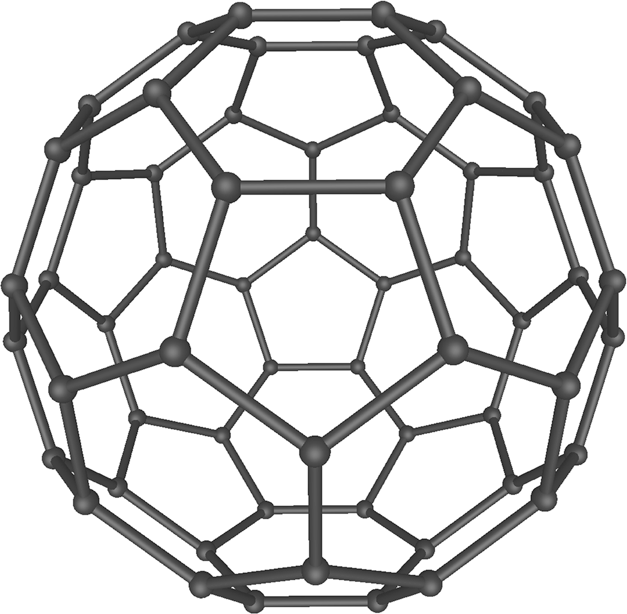Wave Nature of "Particles"
According to de Broglie's hypothesis, any entity that one might be tempted to call a particle for lack of better description has a wavelength according to its value of momentum, given by the expression If this wavelength is like the wavelength of a laser beam or a sound wave, it should be experimentally measurable in similar diffraction or interference experiments.
Naturally, such experiments have been performed and the wave nature of "particles" like the electron, the neutron, entire atoms, and most famously of C-60 has been seen. The fact that a stream of carbon-60 molecules in the form seen below, when shot through a diffraction grating, exhibit interference lines, as we generally see with laser beams, should certainly convince you that matter is wave-like.

Nature Article Showing C-60 Interference
Please take a look at the linked article above. Besides describing the experimental setup and showing the interference pattern that was measured, there are some interesting conclusions. One interesting conclusion on page two is this: "All these observations support the view that each C60 molecule interferes with itself only." What could they possibly mean by that?
In the decades following this study, the size and mass of molecules for which interference has been demonstrated has reached over 25,000 Dalton in molecules with over 2000 atoms!
Self-Interference
It has been shown not only in this study, but in numerous studies involving anything from neutrons to photons (light quanta) that single photons or neutrons (sent one at a time) through a grating will create an interference pattern. This certainly begs for explanation! All of our earlier studies of wave interference were predicated on the assumption that there were multiple waves that would travel along different paths and meet at some common point on a screen and interfere. But how could a single photon or neutron or C-60 molecule do this!? It would have to be in two (or many) places at once.
This one point paints a clear line between the term particle and the term wave. When you hear the word particle, what comes to mind? When I hear it I think of something like a little ball or blob. Most people think of something similar. The idea of a ball is that it is local. All that means is that I can confidently say "the ball is right here", and that I can clearly demonstrate its boundaries.
The trouble with that word and the associated picture is that nature doesn't behave that way, and it becomes clear as the observed systems become small. Instead what we see is that photons, neutrons and even entire C-60 molecules are non-local. This means that photons, neutrons and even C-60 molecules are traveling through all slits in the diffraction grating at once! If you look back at the C-60 study above, the diameter of a C-60 molecule is roughly 1 nm. The separation in the diffraction grating used is 100 nm. The results clearly show that the molecules are interfering with themselves. This means that a single molecule somehow travels through multiple slits at once - each of which is separated from the adjacent one by 100 times the diameter of the molecule! This is non-locality. In light of such experiments it becomes nonsensical to think of molecules as particles, but rather as fields which spread as ripples in a pond as they travel from source to detector. Only upon detection does the field collapse lead to the apparent locality of the molecule.
Predicting The Interference Pattern
If one wishes to predict the interference pattern from a matter wave such as a beam of neutrons or C-60, rather than light, all of our previous studies of interference patterns still apply. The only thing that would need to be known is the wavelength. You get this by simply using the de Broglie wavelength. This means that the kinetic energy or momentum needs to be known. Since and , obtaining the wavelength is trivial. The rest of the process would be identical to all of our calculations from single, double or multiple slits from optics that we did with light of a given wavelength.
Baseball Interference
By this title I don't mean two outfielders colliding. I mean to have a brief discussion about why we don't find interference patterns when objects like baseballs are pitched through doorways. You might think this is a silly question, but when we can shoot large molecules like C-60 through slits and measure interference, we should wonder what the difference really is.
It turns out that the answer isn't that baseballs are too big. In fact, the strange thing about nature is that large objects actually have very small wavelengths. How small the wavelength is can be calculated using de Broglie's formula. The wavelength for a macroscopic baseball in flight, which obviously depends on speed, turns out to be roughly 10-34m. That is 24 orders of magnitude smaller than the atomic spacing in typical molecules. In the experiment mentioned above with molecules as heavy as 25kDa (a dalton is one amu, by definition) the deBroglie wavelength was 5 orders of magnitude smaller than the molecules themselves and was still measurable in interference experiments!
If you recall from our interference studies in optics - like the double slit experiment - in order to have a measurable pattern we needed the slit separation and size to be comparable to the wavelength. A few orders of magnitude difference was okay, but if we wish to compare the width of a doorway to the wavelength of a baseball we have 34 orders of magnitude difference! Further, recall that as the wavelength became smaller as compared to the slit size, the pattern got smaller, not larger. This is the problem with baseball interference studies. The spreading is so small that it is never going to be measurable even in principle. Since gratings are made of atoms and molecules it isn't even sensible to imagine constructing a grating with small enough spacing to work for baseballs since atomic spacing is 24 orders of magnitude too large as compared to the baseball's wavelength. This scale issue is why the largest molecules demonstrating interference patterns to date is C-60. Larger objects exhibit patterns too small to be measured.
